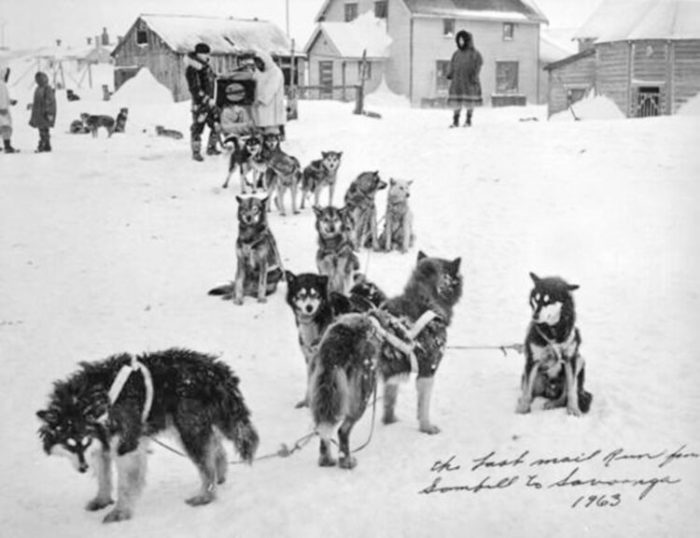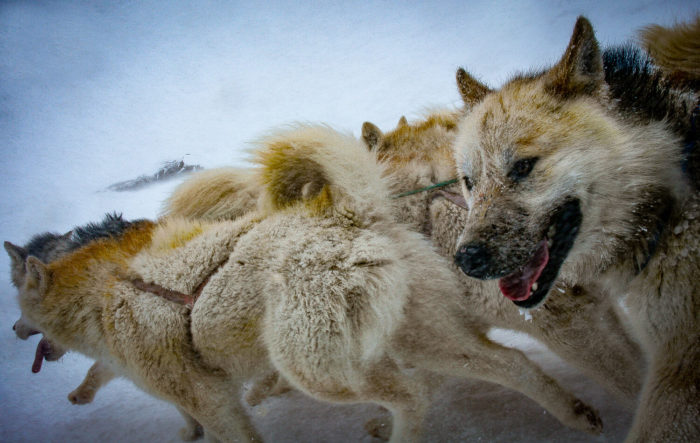In the days and weeks after the November USA Presidential 2020 election – which now feels like a century ago – Alaska was lampooned for taking eons to count its votes. On NBC news talk show Meet the Press, prior to the election, political analyst Jessica Taylor suggested that it could take a while for the results of Alaska’s race for US Senator to be known. She quipped: “This is a race that we, I think, don’t know on election night because literally they have to bring in some of the ballots by dog sled.”
Alaska’s Division of Elections quickly retorted on Twitter: “We do not bring in ballots by dog sled.”
They could have added an “anymore” to that sentence, as there was a time when the USA’s northernmost state, like Canada, relied on dogsleds to deliver mail, and votes – and even to transport candidates campaigning in the north.
Actually the era of sled dogs as mail carriers in Alaska only came to an end a few months after Kennedy declared in September 1962 that we (the human race) were going to the moon. In other words, as the era of animal-powered movement was coming to a close, the space race was taking off.
But although votes in Alaska were not delivered by dogsleds in the 2020 elections, the time it took for the state to report on the results made headlines. There are a number of reasons – some legitimate and others contestable – for why Alaska’s Division of Elections took so long to count the ballots of the state’s over half a million registered voters, such as late counting of absentee ballots and tricky voter identification process made even trickier by the fact that Alaska has more registered voters than residents.
But none of these reasons count as the real reason for the delays in Alaska. That comes down to something that is a hindrance on various other levels than ballot counting alone – infrastructure. Or rather the lack of it.
The biggest reason for Alaska’s slow counting – and the reason for its generous mail-in deadlines to begin with – is the lack of sufficient infrastructure to enable the timely delivery of completed ballots to a central location. Dozens of Alaska’s rural villages lack roads and daily flight service. While this isolation has spared many of them during the coronavirus pandemic, the flip side is that it takes a long time to get anything in or out, whether voting machines or absentee ballots.

Read more here in Mia Bennett’s article on the complicated task of reporting results in Alaska, the infrastructure challenges faced in the rural and remote Arctic – and the fascinating role of sled dogs, transporting votes and mail, in the history of the Arctic:
JONAA / Did Alaska Really Deliver Presidential Votes By Dogsled?
Photograph: JONAA©Kristjan Fridriksson

